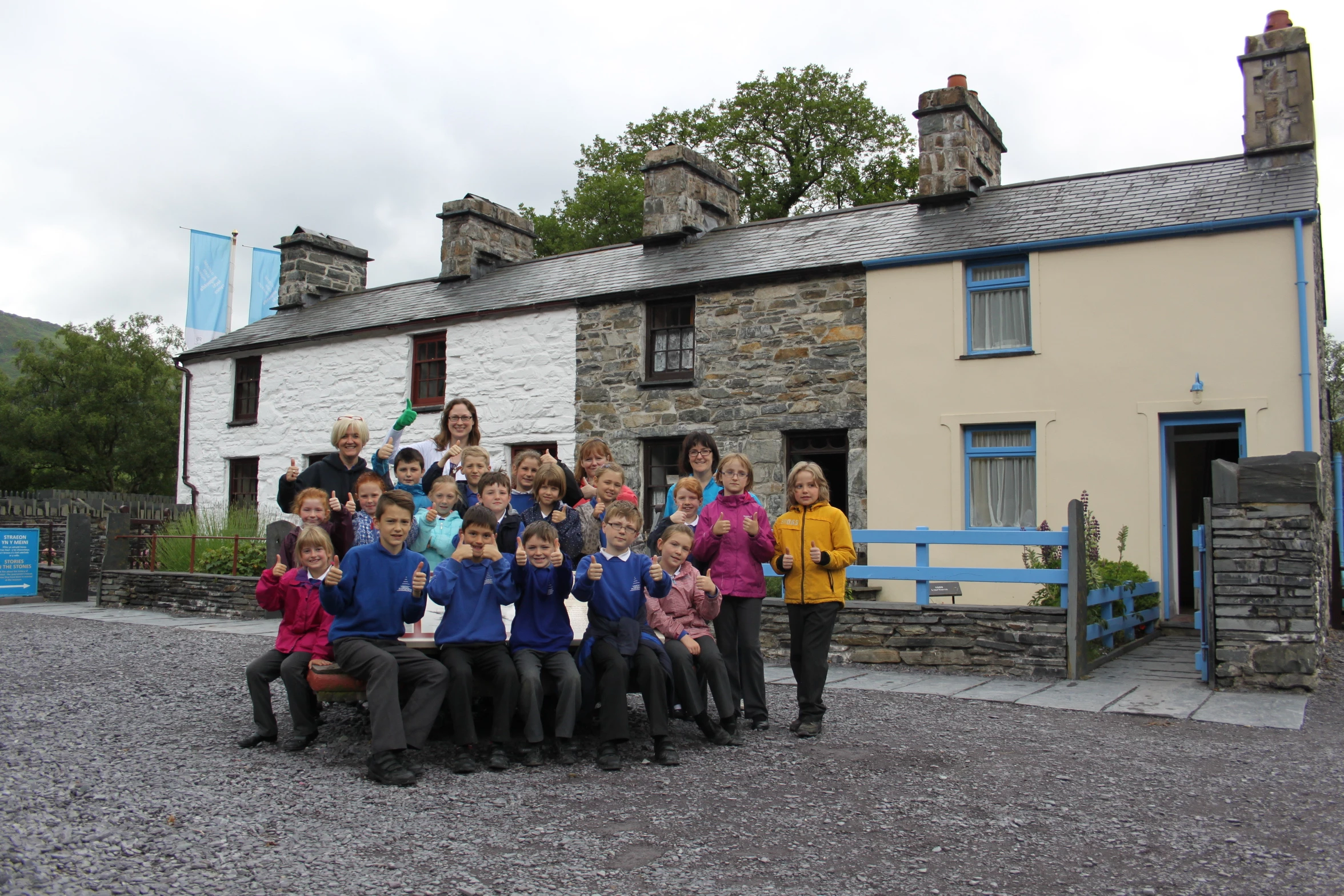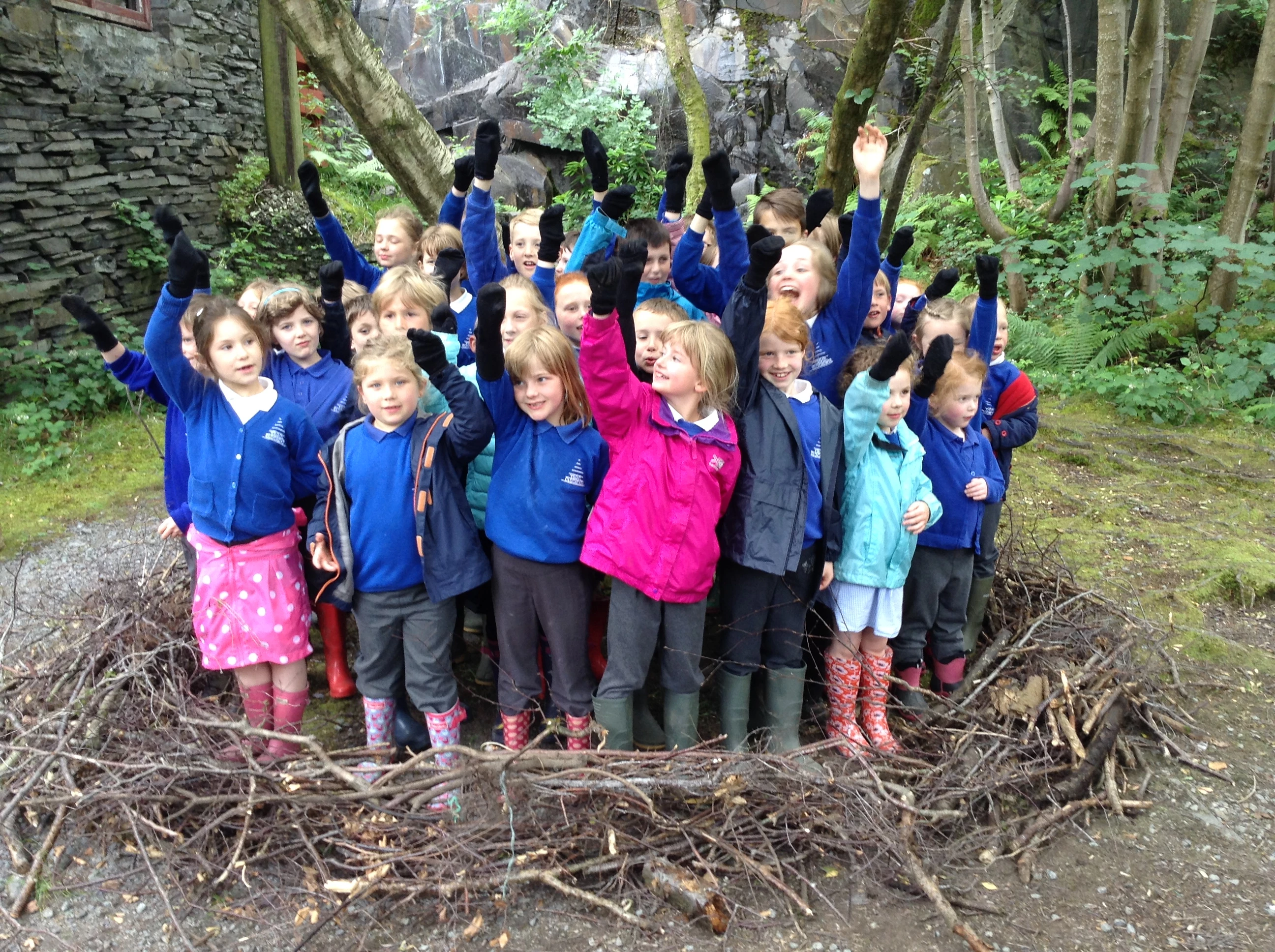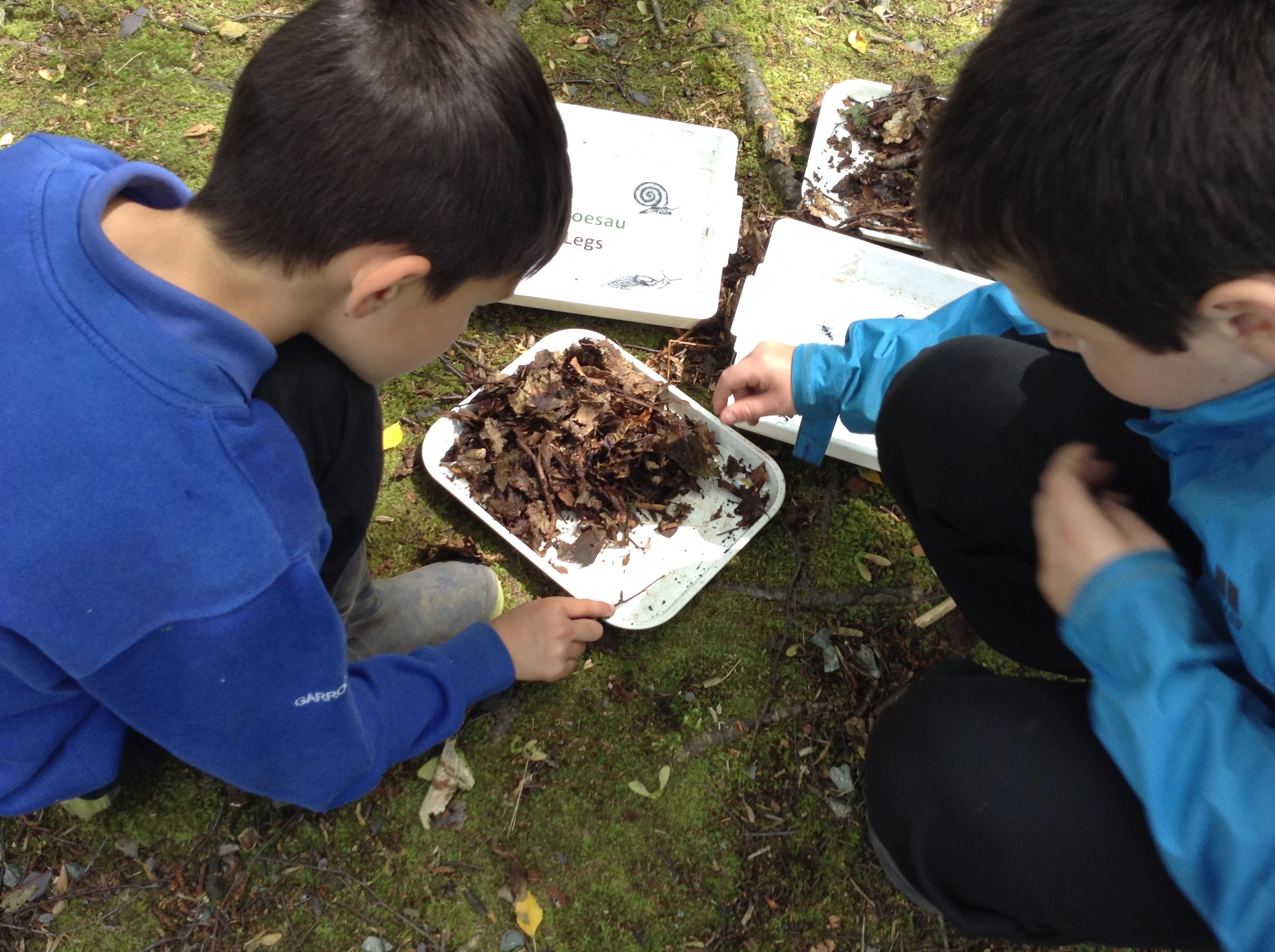Beachwatch
, 25 September 2014
Last Saturday 20th September we ran our annual Beachwatch event at Ogmore Beach in the Vale of Glamorgan. This was part of the national campaign run by the Marine Conservation Society encouraging communities to get out and about to care for their local shorelines. This is the 10th year that museum staff have been organising a Great British Beach Clean at this beach.
In the morning families took part in workshops with museum curators finding out about different types of seaweeds and animals in the strandline and in rock pools. There were fossil hunts where people discovered lots of fossilised bivalve shells and sily lilies (crinoids) in the rocks. Families also helped create our ‘Beach Museum’ making Landart, inspired by the works of artists like Richard Long.
After lunch the serious work began, museum staff and families scoured a 150m stretch of beach near to the slipway searching for rubbish. Sadly this wasn’t a challenge, we collected over 35kg of litter in an hour! Each piece of rubbish found was logged and all this data will be sent on to the Marine Conservation Society who will use it to find out where beach litter comes from and contribute to marine conservation. Over the last 10 years we have seen a change in the rubbish that we have collected on this beach. During initial cleans one of the greatest problems encountered were cotton bud sticks, however these have declined over the years. Sadly one of the greatest problems encountered this year was dog poo in plastic bags and hypodermic needles. Over 65 people took part in the day’s activities and we look forward to taking part in Beachwatch the same time next year.



















